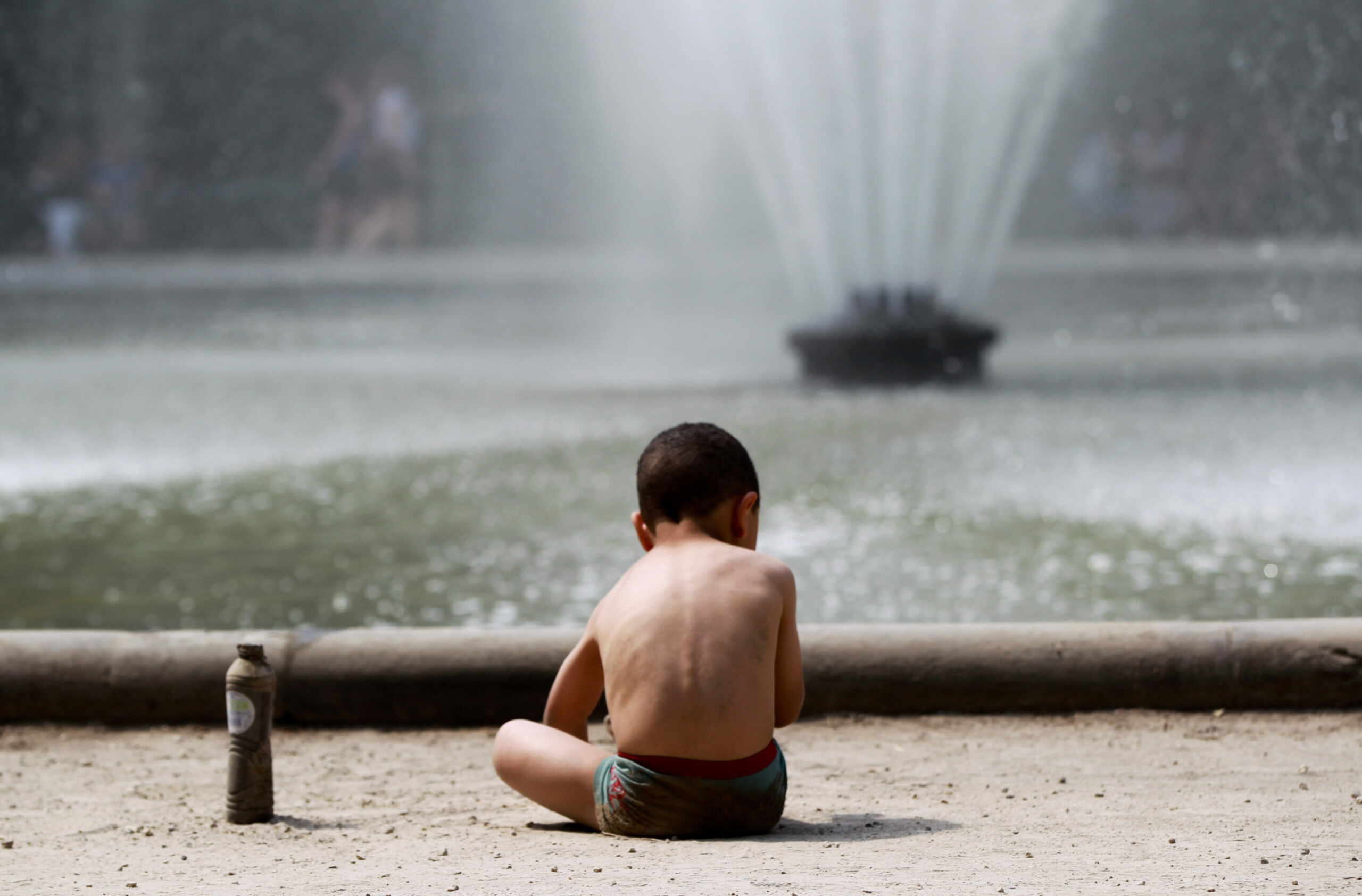Extreme heat caused over 47,000 deaths in Europe in 2023. This was not the continent's most fatal year, and humans are demonstrating improved resilience to high temperatures, but experts warn that governments must take action to mitigate the effects of further global warming.
As Belgium and the rest of Europe face the hottest period of the year so far, multiple studies point to the negative effects of increasingly high temperatures. According to the Institute for Global Health (ISG) in Barcelona, 47,690 people in Europe died last year as a result of extreme heat.
Southern Europe was the worst affected, with Greece, Bulgaria, Italy, Spain and Cyprus recording the highest proportion of heat-related deaths per million habitants. Concerning the number of actual deaths, Italy saw the highest number, with 12,743 individuals dying due to the heat. Belgium recorded 324 heat-related deaths.
The mortality rate was 55% higher among women than men, and 768% higher among over-80s compared to people aged between 65 and 79.
ISG notes that mortality rates would have been 80% higher if society hadn't demonstrated improved resilience to extreme heat in the past 25 years.
"Our results show how there have been societal adaptation processes to high temperatures during the present century, which have dramatically reduced the heat-related vulnerability and mortality burden of recent summers, especially among the elderly," said ISG researcher Elisa Gallo, explaining that better socio-economic conditions, individual behaviour and public health measures have contributed to this progress.
However, Joan Ballester Claramunt of the European Research Council (ERC) says human resilience has its limits. "Adaptation measures must be combined with mitigation efforts by governments and the general population to avoid reaching tipping points and critical thresholds in temperature projection."
One in five children at risk
A UNICEF report published on the same day warned that extreme heat is having a detrimental effect on one in five children in the world. Some 465 million children are living in areas where the likelihood of a heatwave has doubled in the past six decades, a fact that should serve as a "stark warning" about the speed and scale of climate change.
"The hottest summer days now seem normal," said UNICEF Executive Director Catherine Russell. "Extreme heat is increasing, disrupting children’s health, well-being and daily routines."

Credit: Belga / Virginie Lefour
For pregnant women, heat stress can cause complications such as gestational chronic diseases, stillbirth or premature birth. Children are at greater risk of malnutrition and infectious diseases such as malaria and dengue fever, which spread more rapidly in high temperatures.
UNICEF defines a heatwave as a period of three days or more when the maximum daily temperature is in the top 10% of the local 15-day average. Anything above 35°C is considered an "extremely high temperature" – a status Belgium reached on Monday.
The organisation is calling on world leaders to reduce carbon emissions, protect children through better social services and empower them through development and education opportunities. UN Secretary General Antonio Guterres echoed these calls last month, warning that concrete measures were needed to counter extreme heat as an "invisible killer".

